Origin
The first Mandala patterns were created by Tibetan Buddhist monks as part of their spiritual practice. They believed that the symmetry of the designs helps in meditation and achieving balance.
Application
For many people today, Mandala dotting has become a popular form of art therapy, allowing for relaxation and focusing on positive energy.












